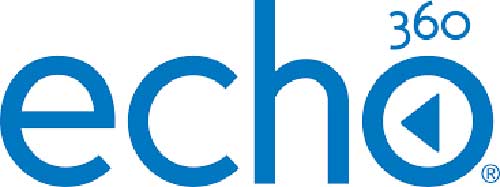Vaddio Announces Integration with Echo360
IP camera support allows Vaddio RoboSHOT® cameras to record video in the Echo360 platform and create a more active learning experience

Vaddio, a brand of Legrand | AV, today confirmed that all RoboSHOT PTZ cameras equipped with RTSP streaming work with Echo360 to record video directly into the popular higher education video platform, allowing faculty, students, and administrators to easily manage, share, and engage with academic video content.
“We are pleased to confirm that users of Vaddio’s popular IP network streaming cameras can now also take advantage of the terrific advantages of the Echo360 platform,” said Jay Kilby, Director of Product Management, Vaddio. “While many Vaddio cameras have had IP streaming built in for several years, this recent update from Echo360 ensures higher education users an easier and more streamlined experience.”
With Echo360 IP camera support, instructors can now use any Vaddio camera that supports RTSP streaming to record video in the Echo360 platform. Cameras connect to the Echo360 platform using the college or university network, eliminating the frustration of requiring HDMI cables -- which often limit the location and positioning of a camera.
Once video is recorded, faculty, administrators, and students can use the Echo360 content management system (CMS) to create, manage, and share video content for online and hybrid learning. Instructors can also use Echo360’s popular analytics platform to measure student engagement with the video by, for example, tracking how often and how long videos are being viewed term-to-term.
“With the dramatic growth of online learning and increasing use of multimodal teaching strategies, video has become an essential part of classrooms around the globe. Instructors, administrators, and students need new types of tools to more easily and effectively use video in their teaching and learning,” said Fred Singer, founder and CEO of Echo360. “Allowing institutions to ‘cut the cord’ is one more strategy we can deploy to help equip classrooms to be responsive of the needs of digital native students--and increasingly, faculty.”